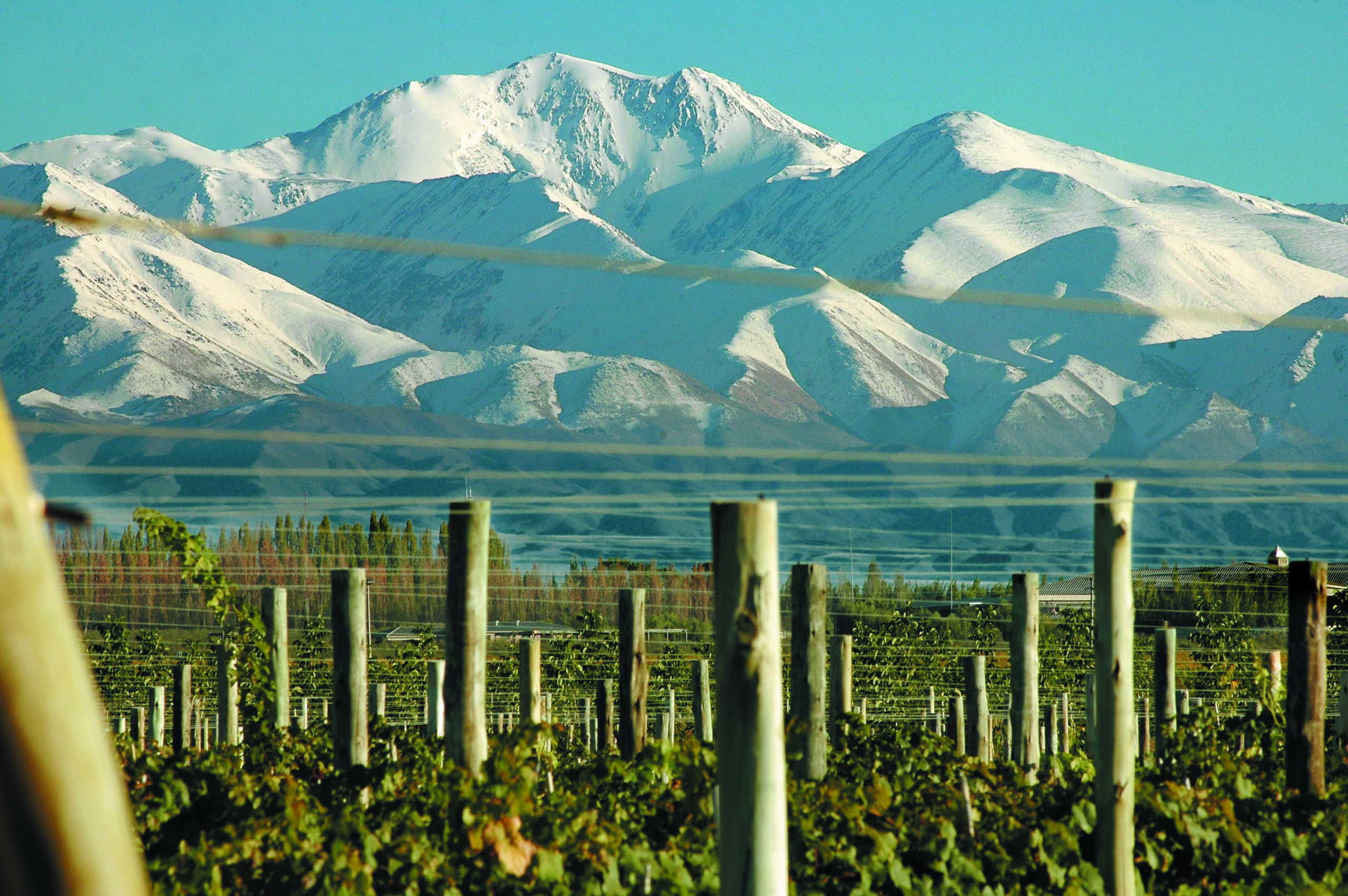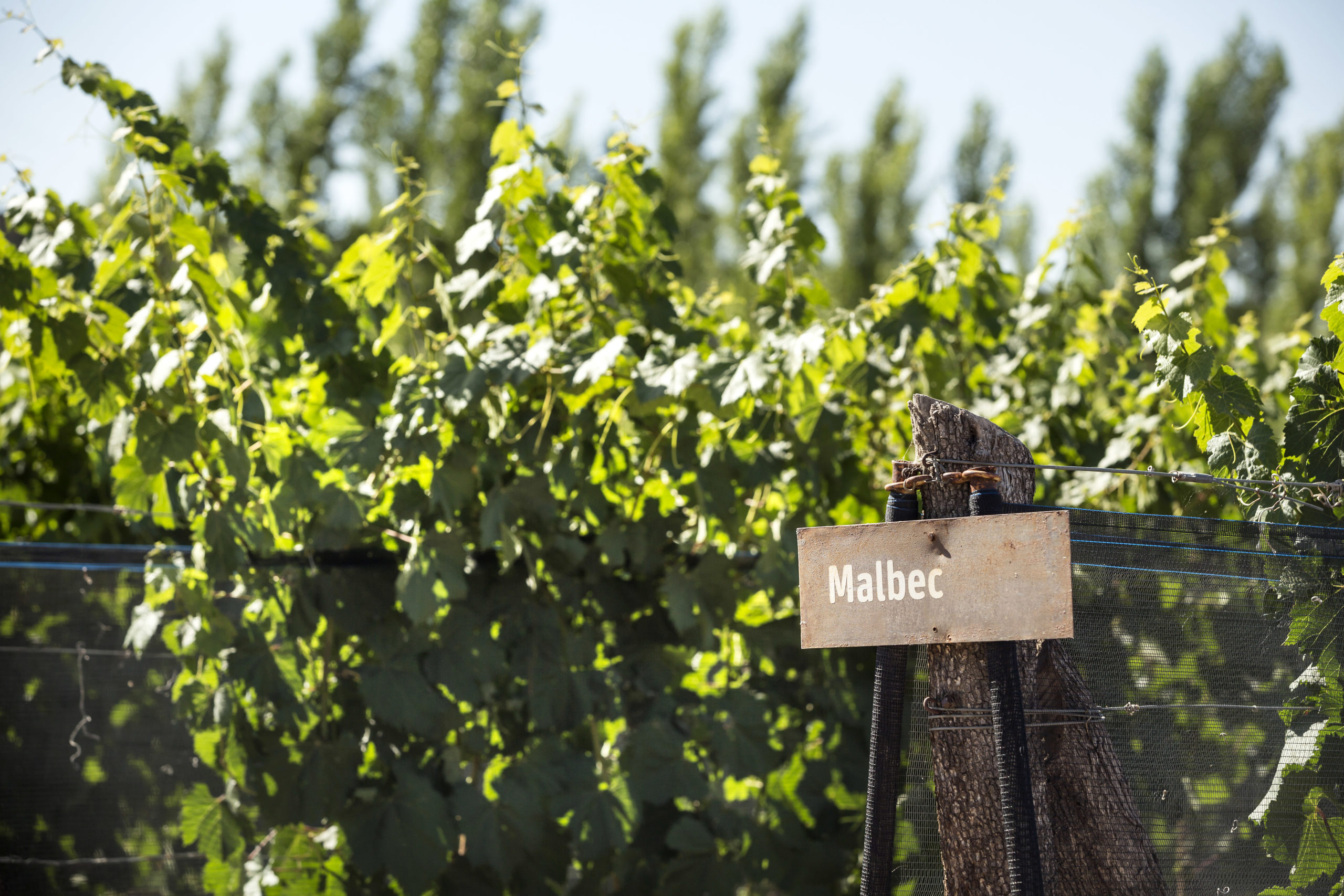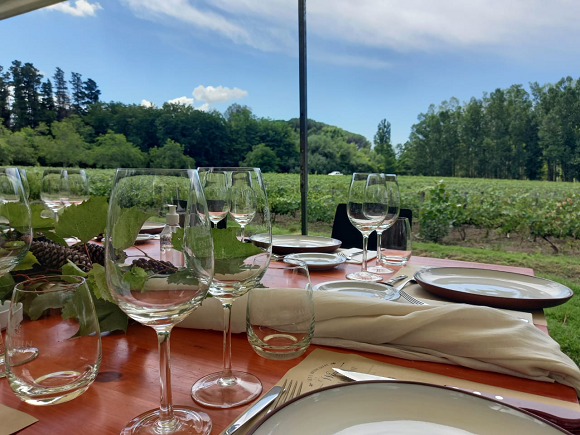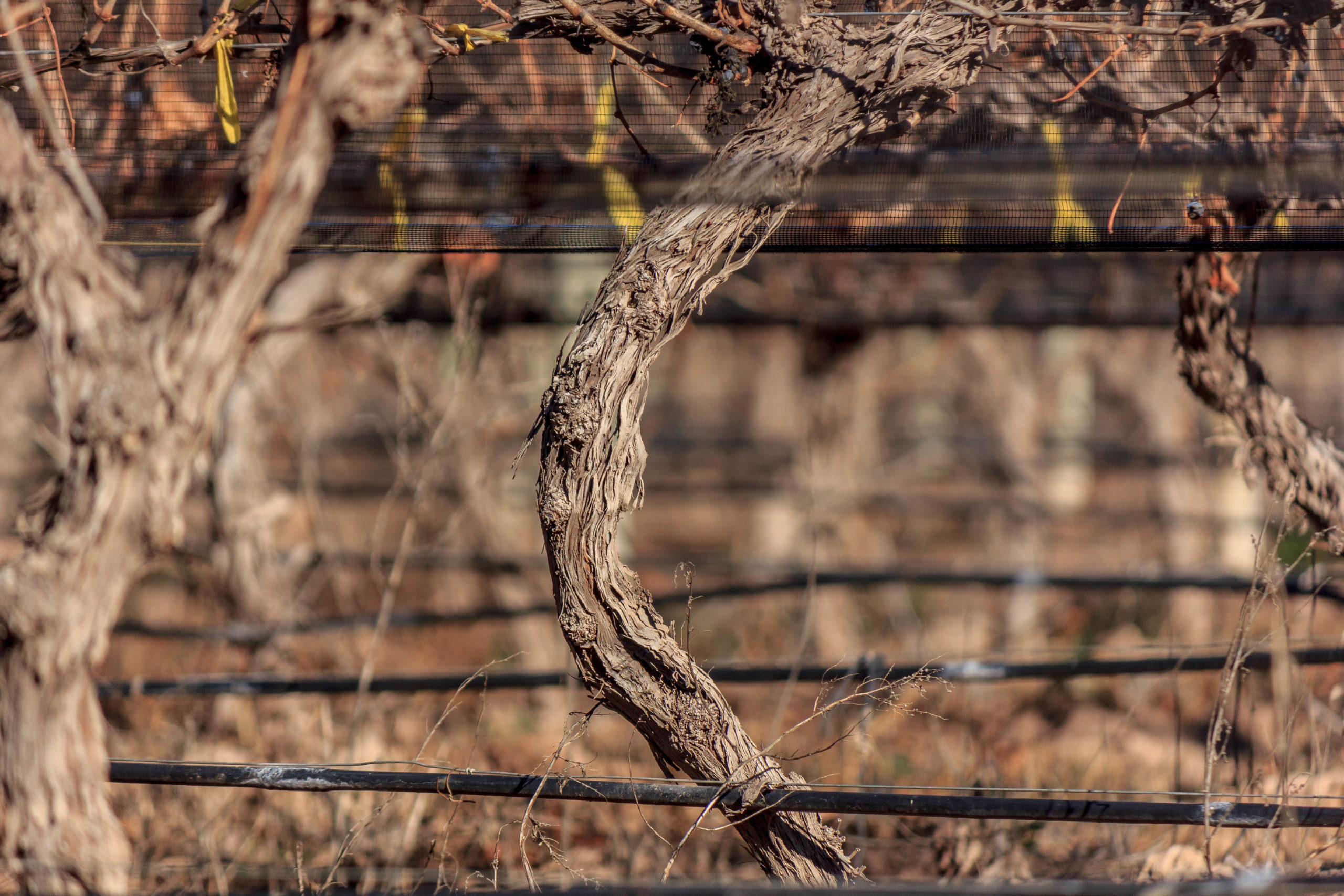Mendoza has always been an arid area with water scarcity and high temperatures. The low rainfall, which reaches about 200 mm annually, generally occurs in summer. Climate change accentuates these conditions and puts stress on vineyards in traditional areas.
That is why Mendoza winegrowers have sought higher areas or more southern latitudes, with good thermal amplitude for their warm days and cool nights. This is how the plantations in the Uco Valley (San Carlos, Tunuyán and Tupungato) have grown greatly.
This conditions favor obtaining a high color index and tannin production in the red grapes, which allows the production of wines of high oenological quality. However, on the other hand, frost, hail and the Zonda wind – much more frequent in that area – usually cause significant losses in crops.
Uco Valley, the favorite place for altitude wines

According to a report from the National Institute of Viticulture, in 12 years, the area cultivated with vineyards in the Uco Valley grew by almost 21%.
While, throughout the province, the number of hectares cultivated with vineyards fell by 3.4% between 2010 and 2021, in the Uco Valley it grew by 20.7%. In this area, the number of properties cultivating wine grapes increased from 808 in 1990 to 1,900 in 2021. The greatest growth was recorded from 1990: from that year to 2021 there was an increase of 259.2% in wine cultivated area (versus 1. 6% increase in Mendoza).
The report details that the Uco Valley has a total vine area of 29,139 hectares (2021). The average vineyard size is 15.3 hectares, while the provincial average is 9.8 hectares.
The National Institute of Viticulture highlights that the Uco Valley is the second area of Mendoza in terms of cultivated area and the one that has grown the most in recent years, due to the implementation of new vine crops, mainly red grapes. As for the predominant varieties, the reds include Malbec, Cabernet Sauvignon, Merlot, Tempranillo, Pinot Noir and Bonarda, and the whites, Chardonnay and Sauvignon Blanc.
Experimenting with grape varieties
In recent years, the so-called Criollas (Creole) grapes, which have a good adaptation to the terroir, have also been revalued. The extension of warm days provides the opportunity to experiment with long-cycle varieties. Varieties resistant to cryptogamic diseases are also being tested, especially in white grapes and clones of red varieties that maintain acidity levels even in hot climates. The experts are working on clones of Malbec, Cabernet Sauvignon and Bonarda.

Wine tourism completes the experience

The international reputation achieved by the Uco Valley has not only led to the greatest establishment of vineyards but also to the installation of high-level wineries that also offer wine tourism programs in the area. These programs include accommodation, restaurants, recreational activities such as golf, horseback riding, painting classes, among others. A particularity of the area is that in addition to producing and selling wines, the wineries emphasize the importance of the wine tourism experience as a relevant business unit.
Challenges and solutions
However, this growth is faced with the challenge of water scarcity, which is why the projects that are installed in the area are forced to adopt advanced technology to be able to manage this resource. Among them are drip irrigation, highly complex weather stations that monitor the vineyards and the climate to make more efficient use of all resources. This shortage has also led to the eradication of other crops such as fruit trees to dedicate water to the vineyards. Other practices are maintaining plant cover to reduce temperature and prevent erosion. The trend is to work under a concept of sustainability.

Photo credits: EMETUR, Tourism Board of Mendoza
Learn more about Mendoza Great Wine Capital